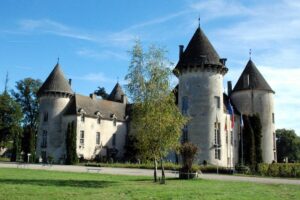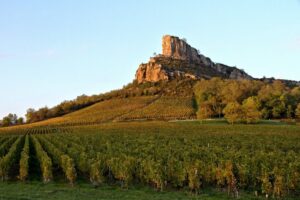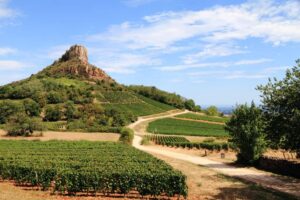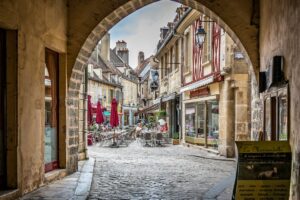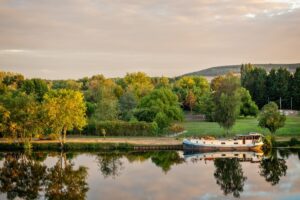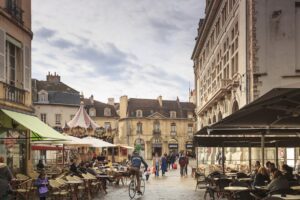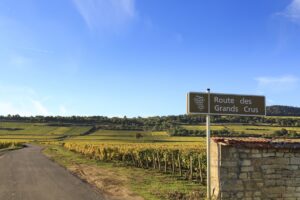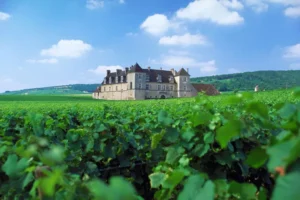From historic estates cradling fabled chateaux to emerald hills draped in vineyards appreciated by passionate wine lovers globally, the region of Burgundy (Bourgogne in French) offers tantalizing food and wine, lyrical landscapes, and unrivaled cultural heritage. The Côte d’Or (literally “Golden Hillside”) stretches from Dijon, bursting with cultural riches, south to the wine town of Beaune and beyond, with many prominent wine villages such as Gevrey-Chambertin, Chambol-Mussigny, Chassagne-Montrachet, and Puligny-Montrachet along the way. This is one of France’s most famous wine regions, and following the Route des Grands Crus is the perfect method to explore it.
Read More
